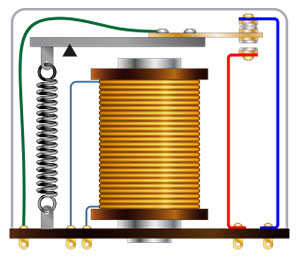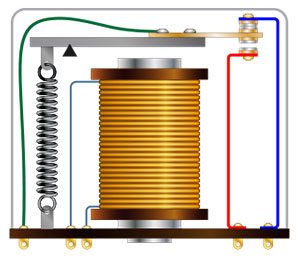
When considering a product for a hazardous location, it is important that the product is appropriately rated for that environment. UL, one of the primary bodies that certifies products for use in hazardous environments, defines a hazardous location as a “location where explosion or fire hazards exist due to the presence of flammable gases, flammable or combustible liquid-produced vapors, combustible dusts, or ignitable fibers or flyings.”[1] Figure 1 shows the conditions that are required to create fire and are often present in hazardous environments: oxygen, an ignition source, and flammable material. Continue reading “Intrinsically Safe Products for Hazardous Locations”

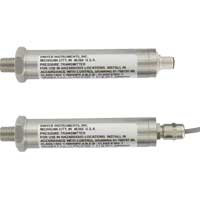
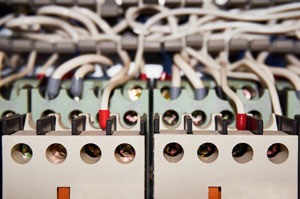
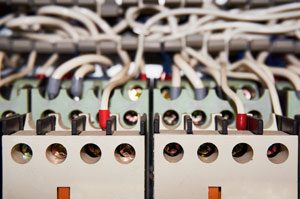 Intermediate relays are crucial in the proper function and operation of several varieties of power equipment, be it in mobile refrigeration or a simple pump application. But what are intermediate relays, and how are they implemented?
Intermediate relays are crucial in the proper function and operation of several varieties of power equipment, be it in mobile refrigeration or a simple pump application. But what are intermediate relays, and how are they implemented? 
 In today’s industry, the number of device output signals continues to grow. Each signal is different; so how do you figure out which one is right for your application? The easiest way to hone-in on the correct signals for your application is to decide whether you want a digital communication signal or an analog signal.
In today’s industry, the number of device output signals continues to grow. Each signal is different; so how do you figure out which one is right for your application? The easiest way to hone-in on the correct signals for your application is to decide whether you want a digital communication signal or an analog signal. 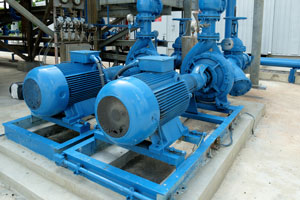
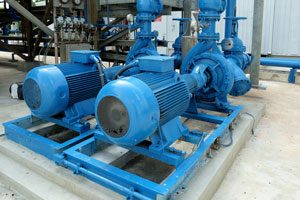 Motors are used for numerous industrial processes, be it moving air with a fan, pumping water with a pump, or driving a mechanical process. It is important to know when motors are not operating properly or require maintenance.
Motors are used for numerous industrial processes, be it moving air with a fan, pumping water with a pump, or driving a mechanical process. It is important to know when motors are not operating properly or require maintenance.